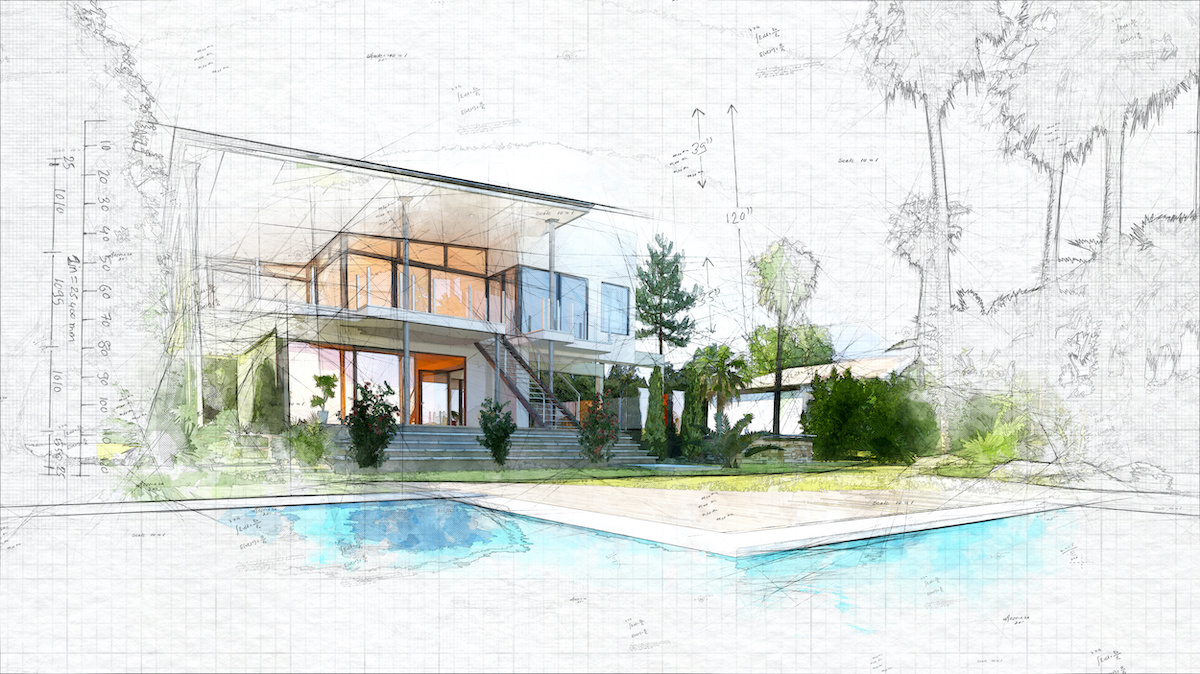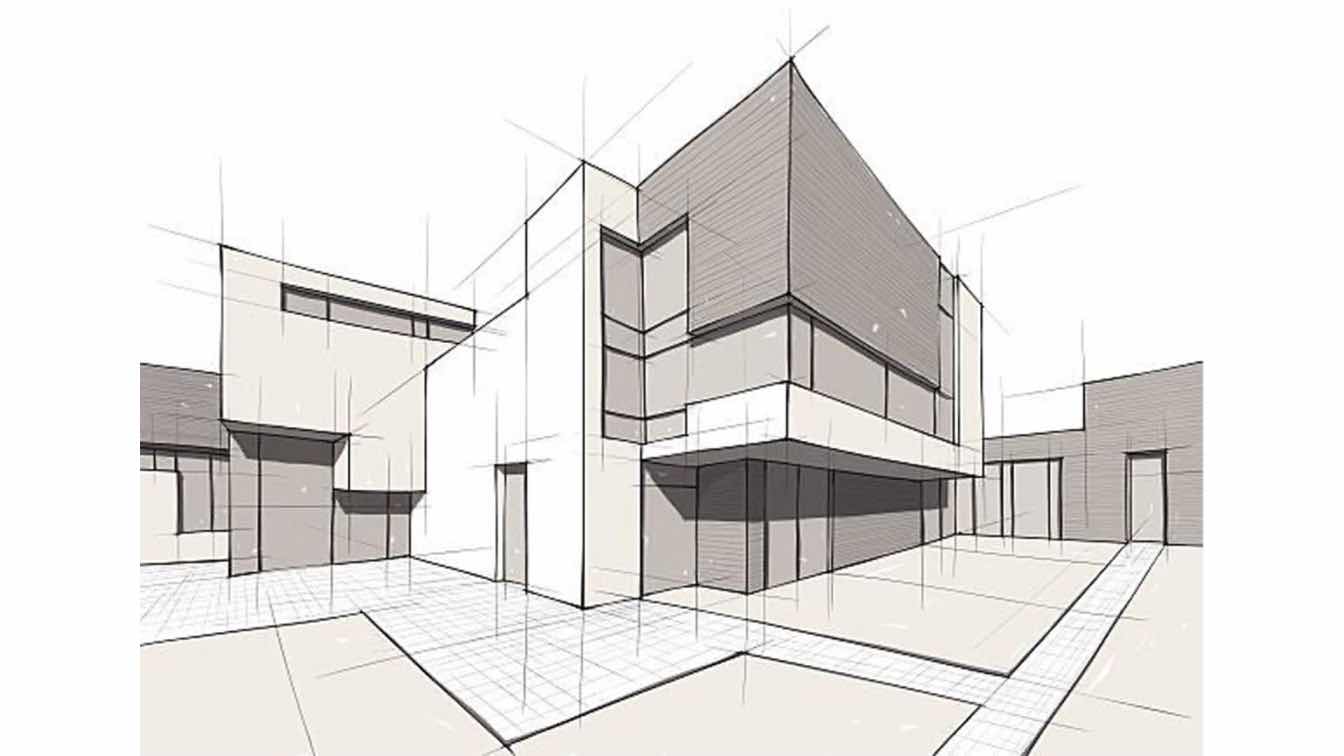Exactly How CDA Architects Supply Cutting-Edge Solutions for Sustainable Style
An Extensive Review of Building Designs and Their Impact on Modern City Planning and Advancement
Building styles have actually long acted as a mirror to the societal worths and technological innovations of their time, playing a critical duty fit modern-day city preparation and growth. From the splendour of Neoclassicism to the utilitarian method of Brutalism, each style has actually presented unique ideas that affect city visual appeals and capability. As contemporary challenges occur, including sustainability and community needs, understanding these historical frameworks becomes vital. The resulting dialogue not just informs future design methods yet also raises important concerns about the balance in between heritage and advancement in our advancing city landscapes.
Historical Introduction of Building Styles

As cultures transitioned through the Center Ages, Gothic style emerged, defined by its verticality and detailed describing, mirroring the spiritual aspirations of the period. The Renaissance noted a revival of classic ideals, combining art and design in cutting-edge manner ins which influenced succeeding styles across Europe.

Today, architectural styles remain to advance, driven by globalization and sustainability issues, reflecting a vibrant interaction in between heritage and development. This historic introduction highlights the value of architecture as a mirror of societal development and as a driver for urban development.
Trick Architectural Styles Explained
The variety of architectural styles shows the myriad influences that shape our constructed atmosphere, each embodying distinct qualities and social relevances. Trick architectural styles consist of Classic, Gothic, Baroque, Innovation, and Postmodernism, each standing for special historical contexts and visual ideologies.
Classical style, rooted in ancient Greece and Rome, emphasizes proportion, proportion, and making use of columns (cda architects). In contrast, Gothic style, prospering in the center Ages, is identified by pointed arcs, ribbed safes, and flying buttresses, creating an aerial high quality in sanctuaries. Baroque architecture, emerging in the 17th century, is noted by grandeur, sophisticated ornamentation, and a dynamic interplay of light and shadow
Innovation, which gained momentum in the early 20th century, prioritizes function over type, making use of new products like steel and glass to develop minimalist structures. Postmodernism, reacting versus the austerity of Innovation, accepts eclecticism and historic recommendation, typically incorporating lively components and irony.

Impact on Urban Planning
In forming the growth of cities, architectural styles considerably affect urban planning choices. The choice of building design frequently determines the appearances, performance, and overall character of urban atmospheres.
Moreover, building styles can influence zoning regulations and land utilize policies. Urban planners have to take into consideration the prevailing architectural patterns when why not try here creating districts, making sure that new developments integrate with existing frameworks. This factor to consider promotes natural urban landscapes and boosts neighborhood identity.
The implementation of details architectural styles can additionally affect socioeconomic elements within a city. As an example, high-end modern designs may attract affluent homeowners and businesses, bring about gentrification, while more cost effective housing remedies may focus on practical and lasting layouts to accommodate varied populations. Eventually, the interplay in between building styles and urban preparation creates dynamic cities that reflect both historic context and contemporary demands, forming the lived experiences of their more info here inhabitants
Sustainability and Modern Style
Building designs play a crucial role in attending to contemporary challenges, specifically in the world of sustainability. As city locations expand and ecological problems intensify, modern design progressively welcomes sustainable design principles that prioritize energy efficiency, source preservation, and marginal eco-friendly impact.
Contemporary architectural activities, such as biophilic design and eco-friendly style, supporter for structures that balance with their environments, making use of natural materials and advertising biodiversity. These designs typically integrate eco-friendly power sources, such as photovoltaic panels and wind turbines, to reduce reliance on fossil gas and reduced carbon footprints.
In addition, the integration of sophisticated technologies, such as smart building systems, improves power administration, optimizing source use while making sure passenger convenience. Innovative water administration strategies, including rainwater harvesting visit this web-site and greywater recycling, further add to lasting city environments.
Significantly, sustainability expands beyond environmental worries; it includes social and financial measurements also. By fostering area well-being and advertising inclusivity, modern architectural styles align with lasting advancement objectives. The development of building practices proceeds to form resistant cities that not only meet the demands of the present yet also safeguard the future for generations to come.
Neighborhood Interaction in Style
Community engagement in style offers as a crucial bridge in between engineers and the populations they offer, making certain that the developed atmosphere mirrors the demands and goals of its customers. This joint procedure welcomes community members to contribute their insights and choices, fostering a sense of ownership and responsibility toward the rooms they inhabit.
Efficient neighborhood engagement uses various approaches, such as workshops, surveys, and public online forums, to collect varied perspectives. These techniques facilitate a two-way discussion, permitting architects to recognize local contexts while empowering locals to articulate their worries and wishes. This inclusivity not only enhances the layout high quality however likewise advertises social equity by attending to the unique difficulties faced by marginalized teams.
Additionally, community interaction can bring about ingenious solutions that might not emerge in a standard style procedure. By integrating regional knowledge and social worths, engineers can produce spaces that resonate even more deeply with customers, enhancing functionality and sustainability. Inevitably, focusing on neighborhood involvement in design processes causes atmospheres that nurture social interactions, assistance well-being, and enhance community ties, therefore playing a pivotal duty fit modern-day city landscapes.
Verdict
Building designs have profoundly influenced contemporary city preparation and development, mirroring advancing social and technical contexts. As cities continue to grow and adjust, the recurring discussion between building heritage and modern layout concepts will remain crucial in creating comprehensive, vibrant areas that enhance high quality of life and advertise social equity.